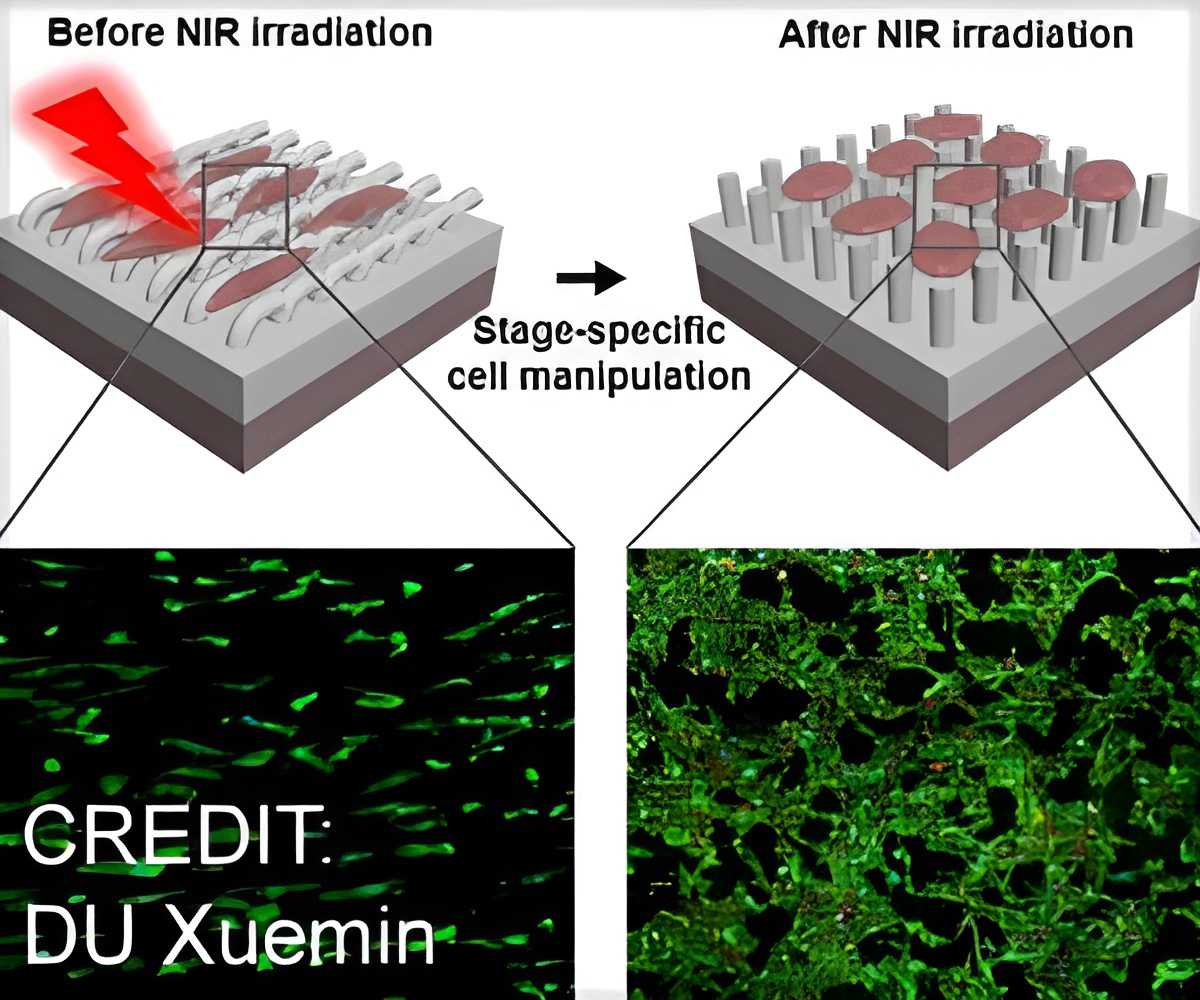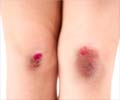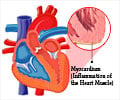
‘According to the World Health Organization, cardiovascular (CV) disease has become the leading cause of death worldwide. However, vascular regeneration is a promising treatment for cardiovascular disease.’
Tweet it Now
During the endothelialization process of native blood vessels, vascular endothelial cells and progenitor cells are first recruited to regeneration sites. This is followed by the adhesion and spreading of the vascular endothelial cells to form a confluent vascular endothelial cell monolayer. In the human body, such a process is implemented through extracellular matrix (ECM)-mediated stepwise modulation of vascular endothelial cell functions at different stages. "The new platform possesses originally stable anisotropic microgroove array topography. This topography can significantly direct cell polarization and thereby enhance the collective migration of vascular endothelial cells," said ZHAO Qilong, first author of the study.
Upon 10 s of near-infrared (NIR) irradiation, the heat generated on the bottom layer induced the surface topographies of the platform to change from their original anisotropic microgroove array to a permanent isotropic micropillar array.
The focal adhesion and spreading of vascular endothelial cells were subsequently promoted at the later stage of endothelialization by the platform after the topographies were changed. The remote-controlled "smart" platform promoted different functions of vascular endothelial cells in turn, thus mimicking dynamic ECM-mediated effects throughout the endothelialization process for the first time using synthetic biomaterials.
"Traditionally, biomaterials and tissue engineering scaffolds offer suitable platforms to support cell attachment and ingrowth. We aim to develop biomaterials with dynamic properties to actively modulate different cell functions in specific spatiotemporal manners, just like the native ECM in our bodies," said Dr. DU Xuemin from SIAT.
Advertisement














